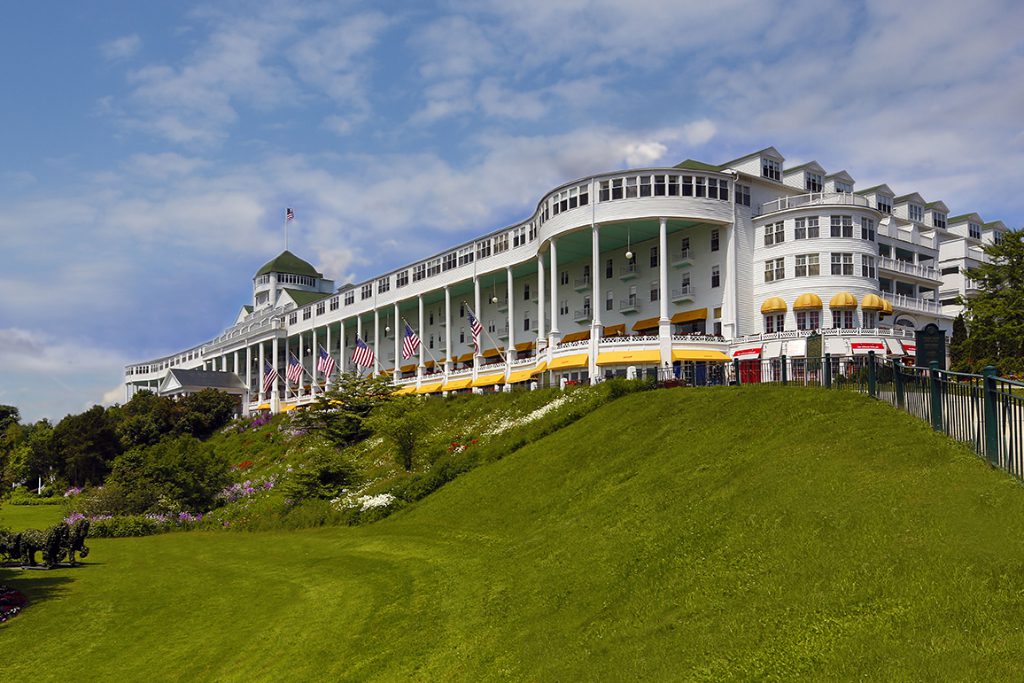U.S. Job Growth in Travel for July Rises Despite Labor Shortages

Skift Take
A strong job market means lots of consumers are spending on domestic travel. But rising wages and recently tightened rules on visas for seasonal workers are pressuring some sectors. We take a sector-by-sector look.
The U.S. leisure and hospitality sector added 35,000 jobs in July, the Bureau of Labor Statistics reported Friday. This category of workers, which is a proxy for the larger travel industry, employed 805,000 workers last month.
The U.S. economy as a whole added 164,000 jobs in July, and the national unemployment rate remained unchanged at 3.7 percent, which was near a half-century low.
Hotels, airlines, resorts, travel agencies, and other employers saw continued tightness in many regional labor markets. Labor shortages have been a megatrend Skift has been tracking this year.
Hotels and Inns
The lodging sector is travel's largest employer. In July, 2.2 million people worked in leisure and hospitality accommodation, a rise of 7.8 percent compared to the number of workers during the same month a year ago.
"This is the tightest labor market we have seen in a generation," said Brian Crawford, EVP of government affairs at the American Hotel & Lodging Association.
Hotels and motels, excluding casino hotels, employed 1,676,400 workers in June, the latest month for data specifically on them. That represented a national trend in hotel payroll has been on an upward streak since February 2010, when only 1.39 million workers served the sector.
"Labor and related costs represent between 45 percent and 50 percent of the total expenses needed to operate the typical U.S. hotel," said Mark Woodworth, senior managing director and head of lodging research at CBRE Hotels, a consultancy. "Low unemployment levels in most markets, particularly the t

